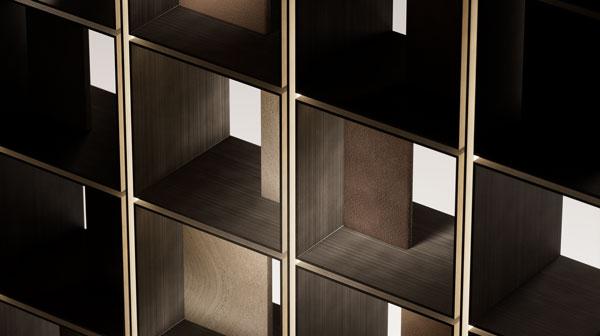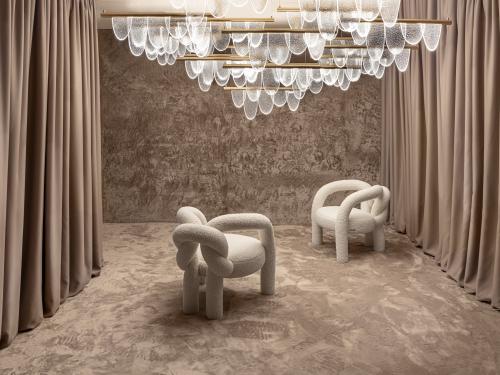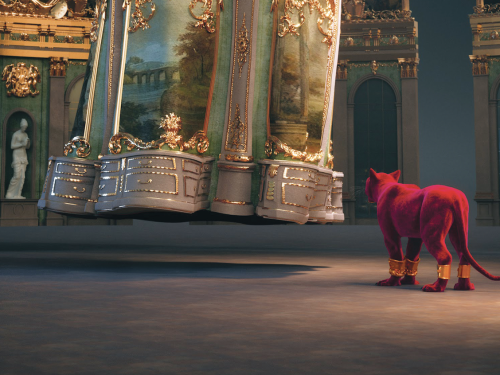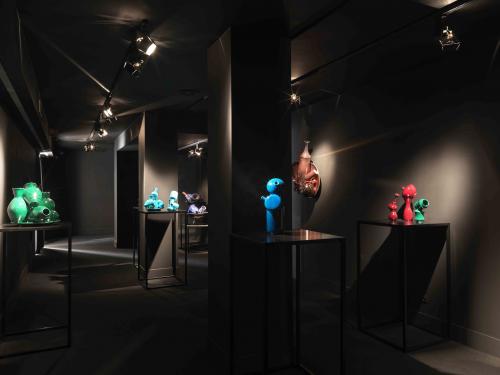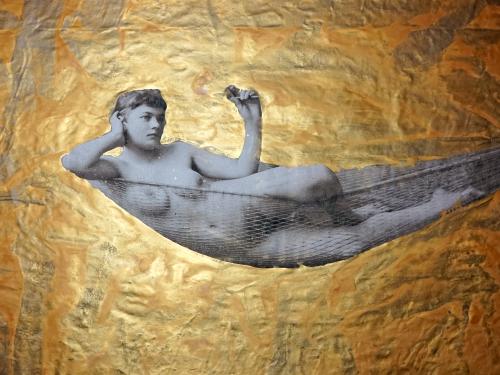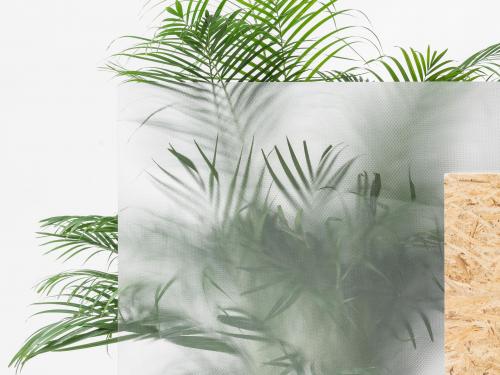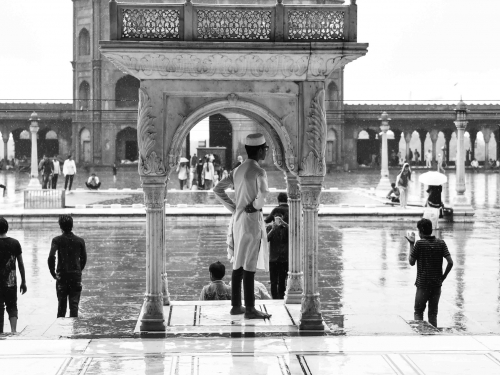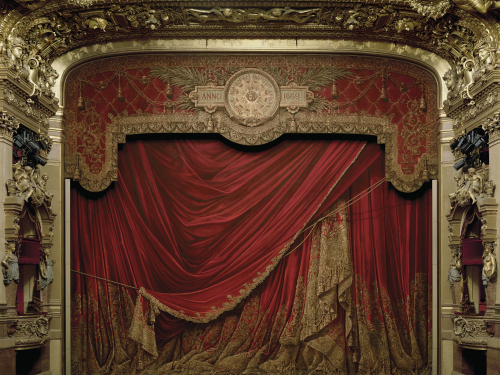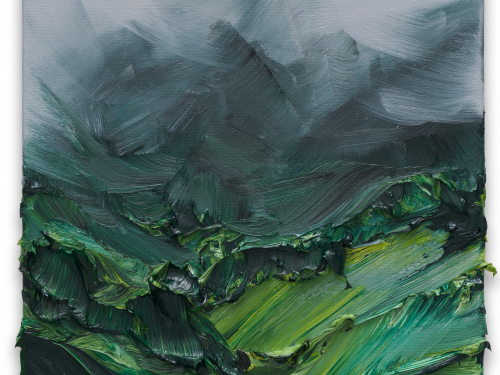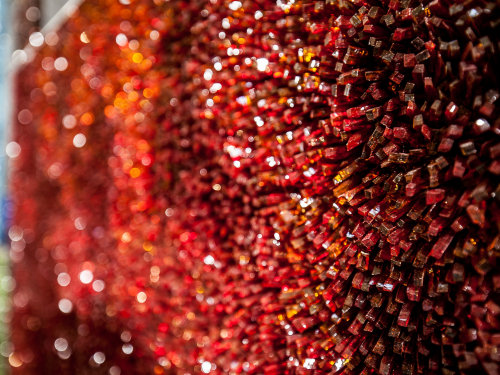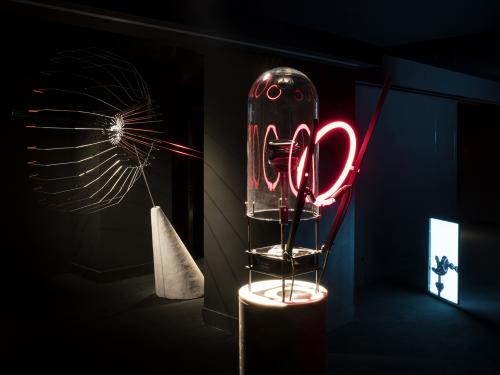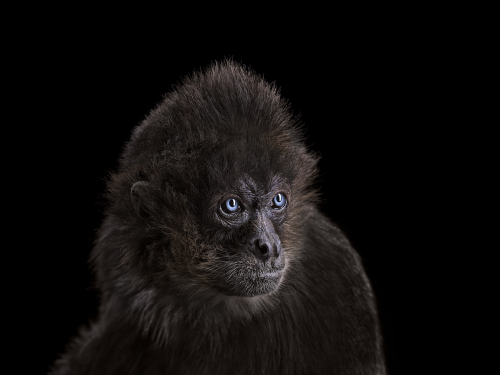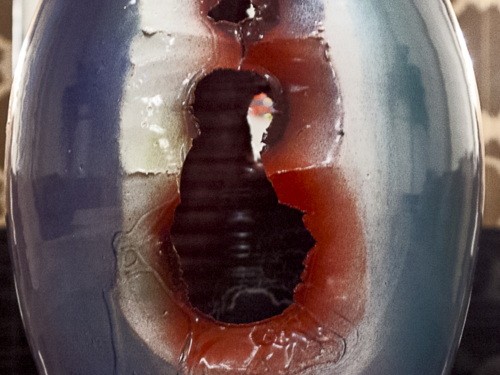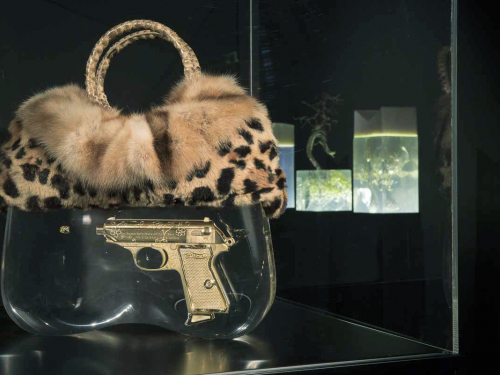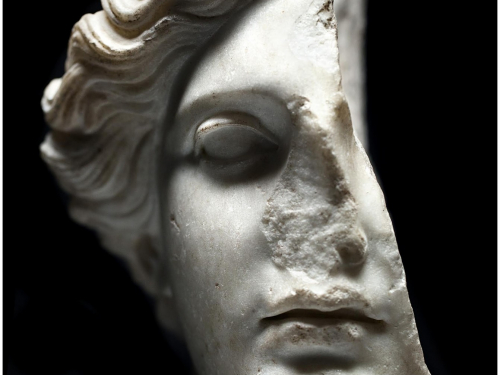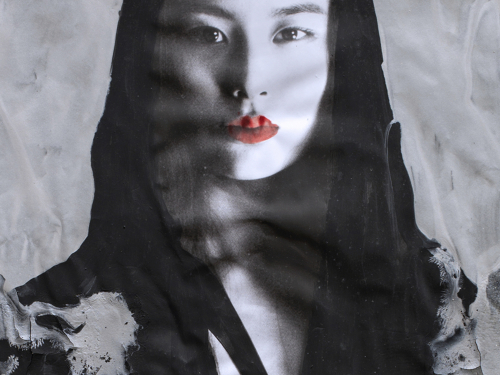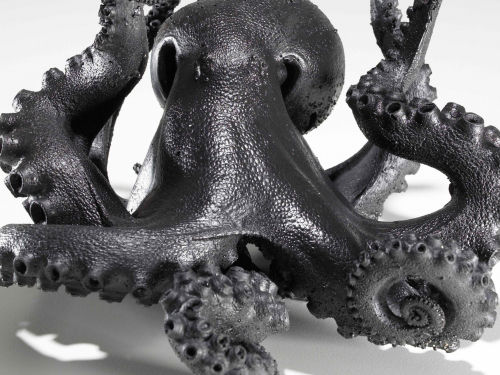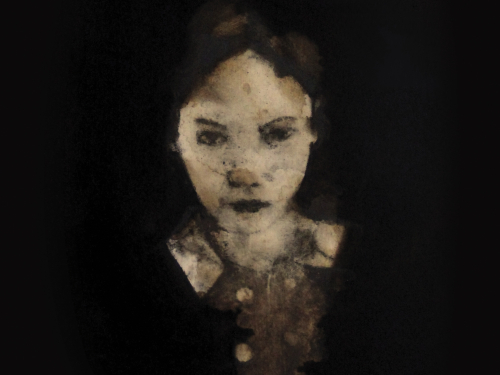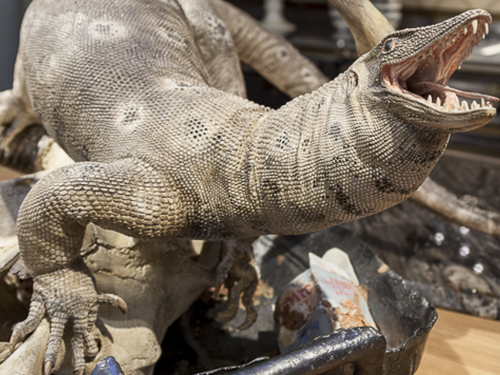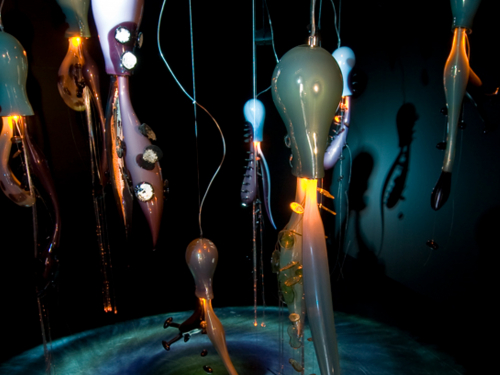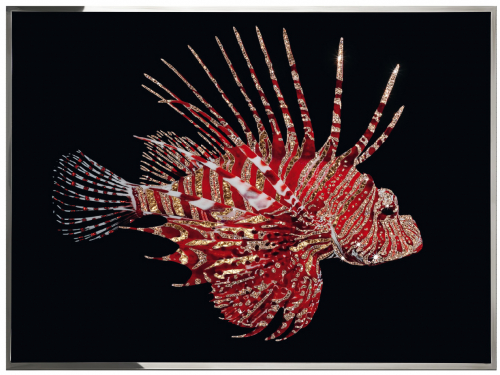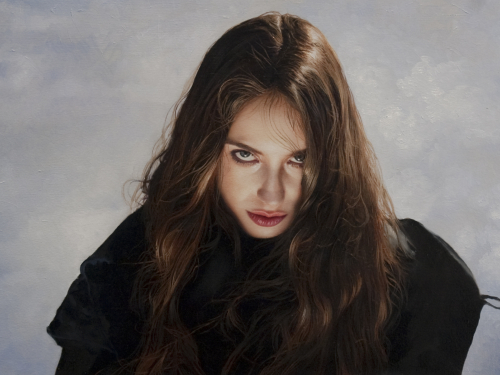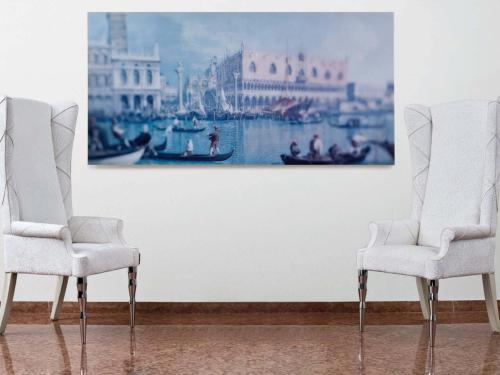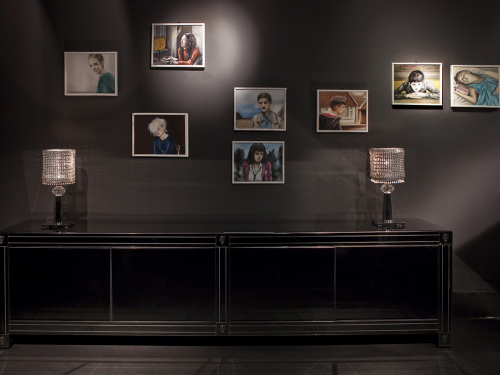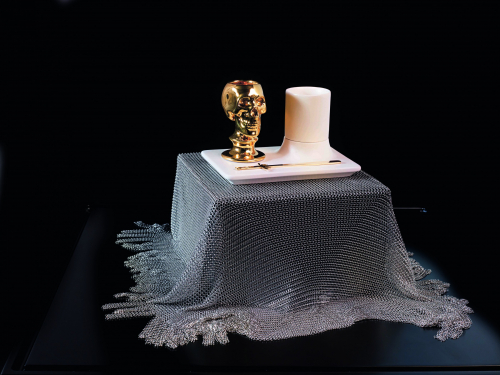Wunderkammer 2.0
Wunderkammer 2.0
Magic, mystery but mainly theatricalism: this is the Wunderkammer 2.0 by Visionnaire which presents a new selection of art pieces, representative of the own home philosophy, for the second year on the occasion of the design week in Milan.
Magic, mystery but mainly theatricalism: this is the Wunderkammer 2.0 by Visionnaire which presents a new selection of art pieces, representative of the own home philosophy, for the second year on the occasion of the design week in Milan. Paintings, sculptures, settings capture us as in a dream inside an impenetrable chamber of wonders of baroque reminiscence. The fil rouge is the experimentation of different styles and the gender fusion, a contemporary Wunderkammer which involves the users in atmospheres rich of references to Vanitas iconography and to the ephemeral condition of existence. Now as then, precious artistic production (Artificialia), rare natural events (Naturalia), objects coming from unknown worlds (Exotica) and inexplicable objects (Mirabilia) have been selected and proposed like in a small private museum.
BERTOZZI&CASONI - NICOLA BOLLA - ALESSANDRO BRIGHETTI - ANGELO FILOMENO - DANIEL GONZALEZ - ALESSANDRO LA SPADA - ELENA MONZO - HYENA - ANTONIO RIELLO
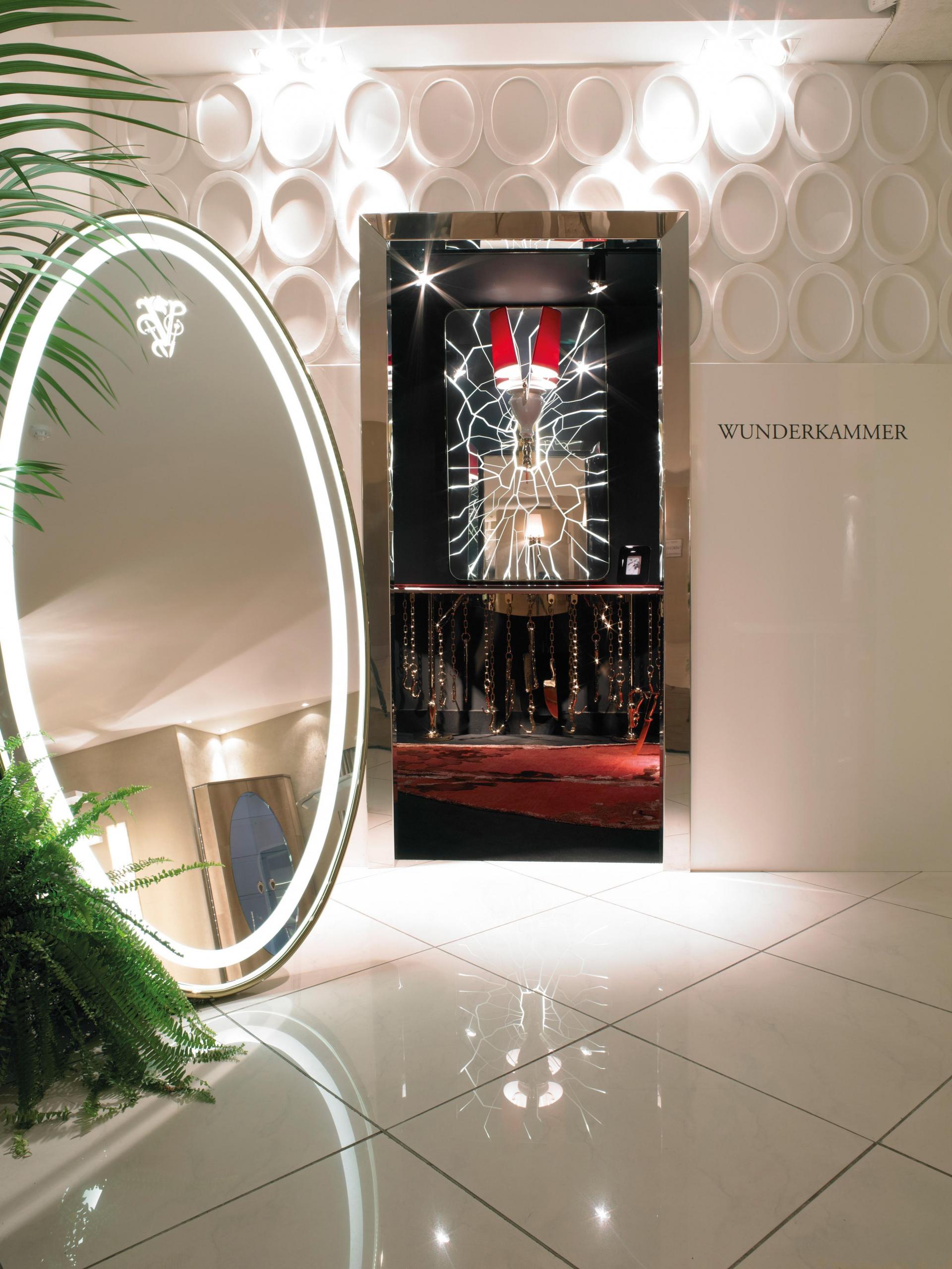
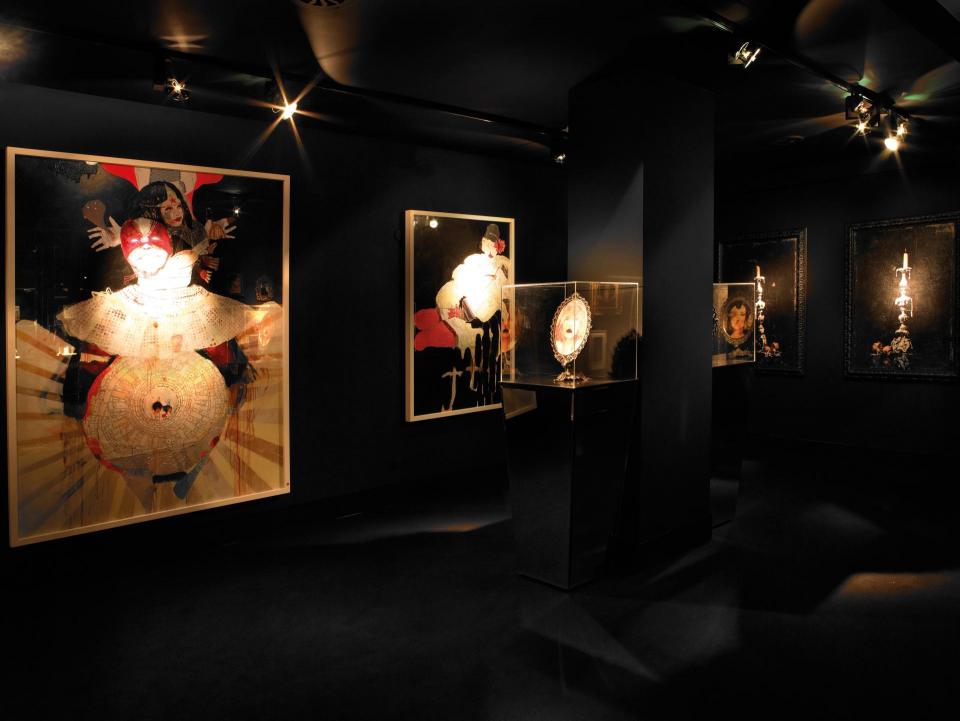
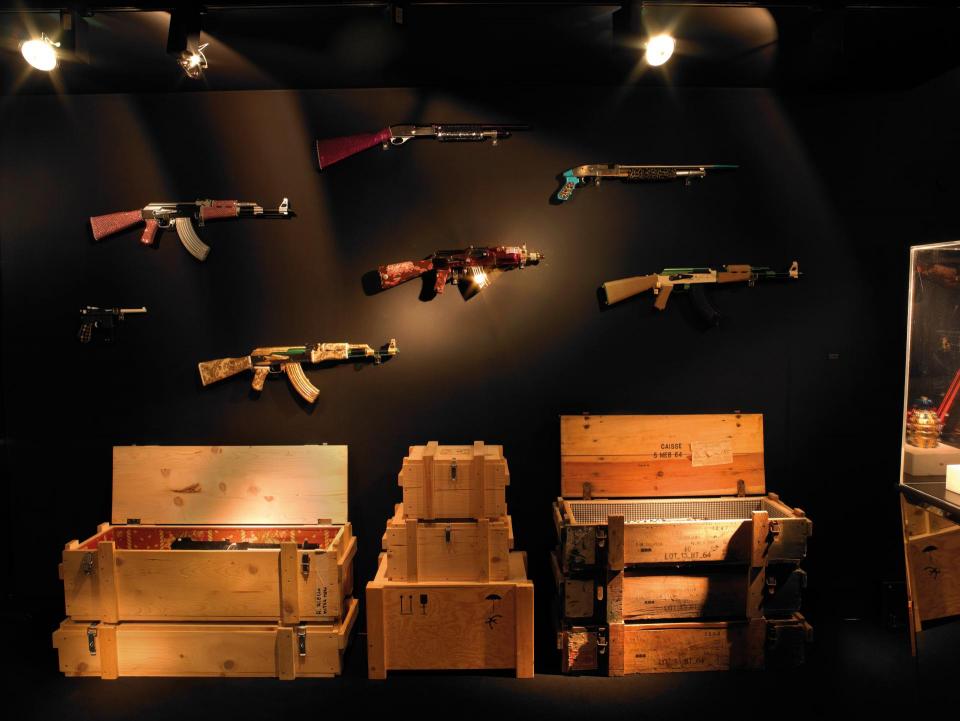
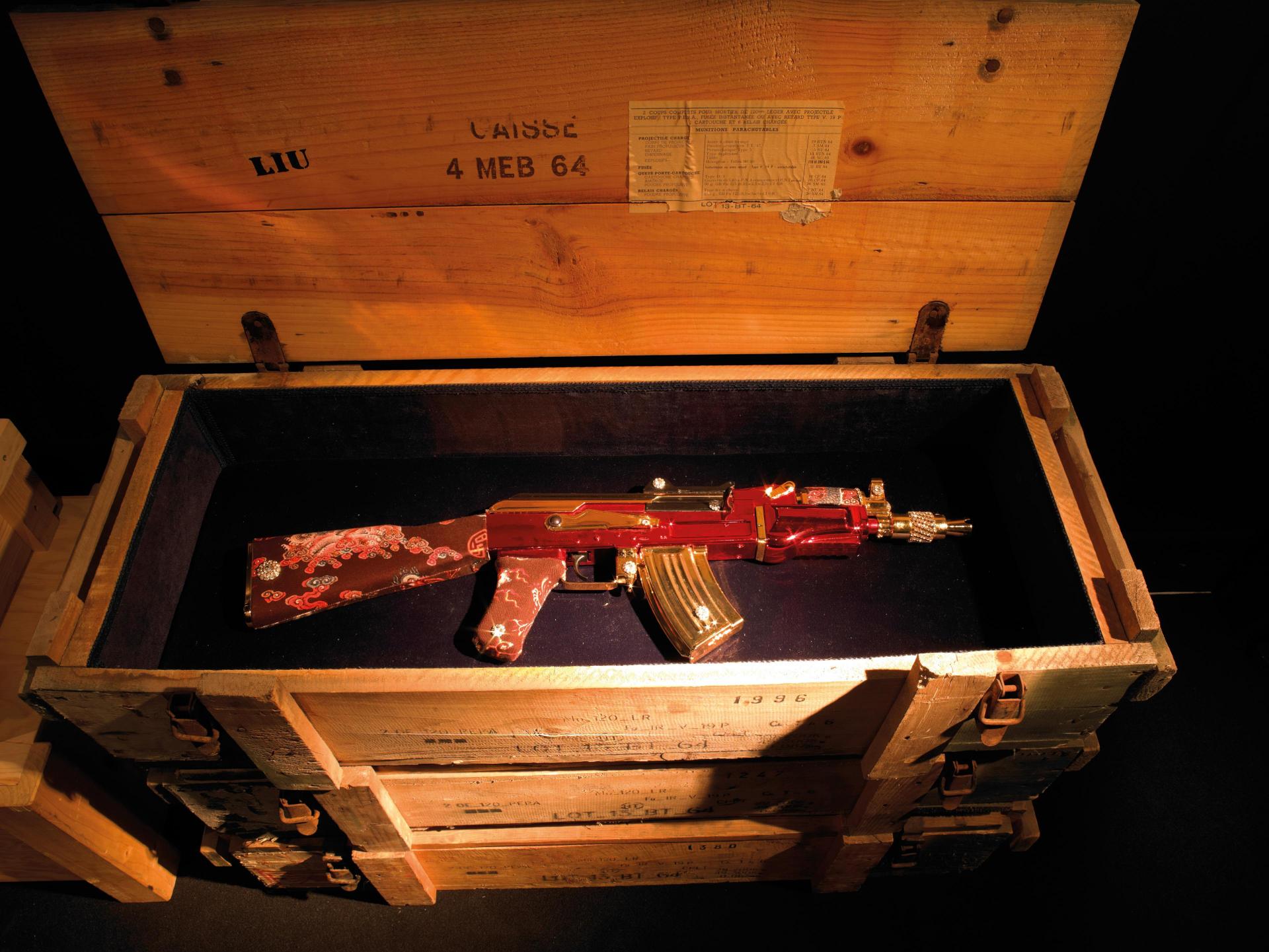
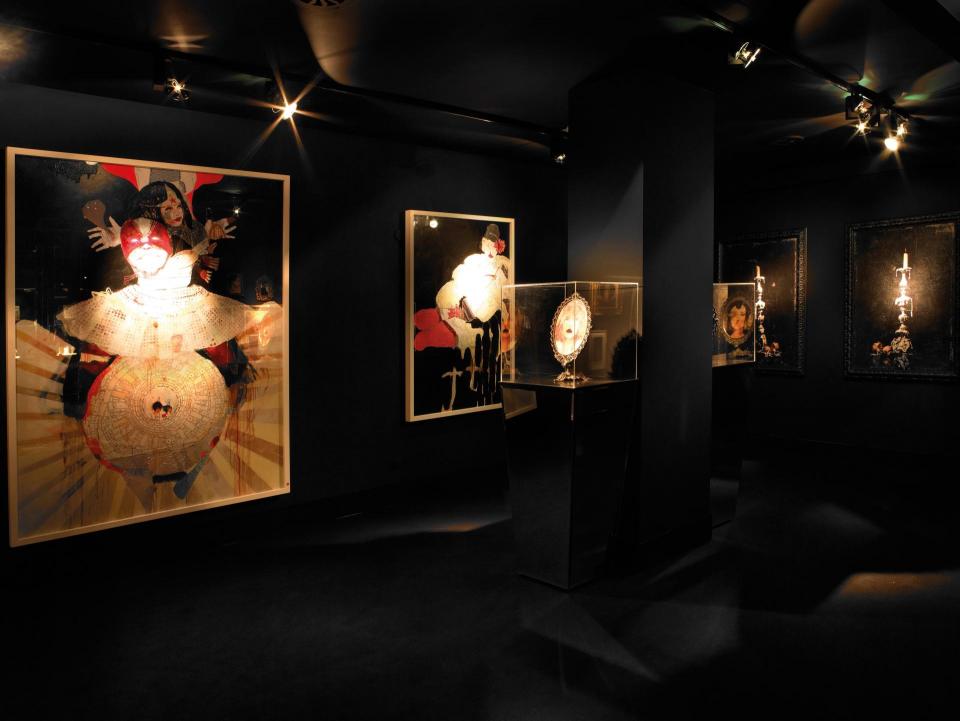
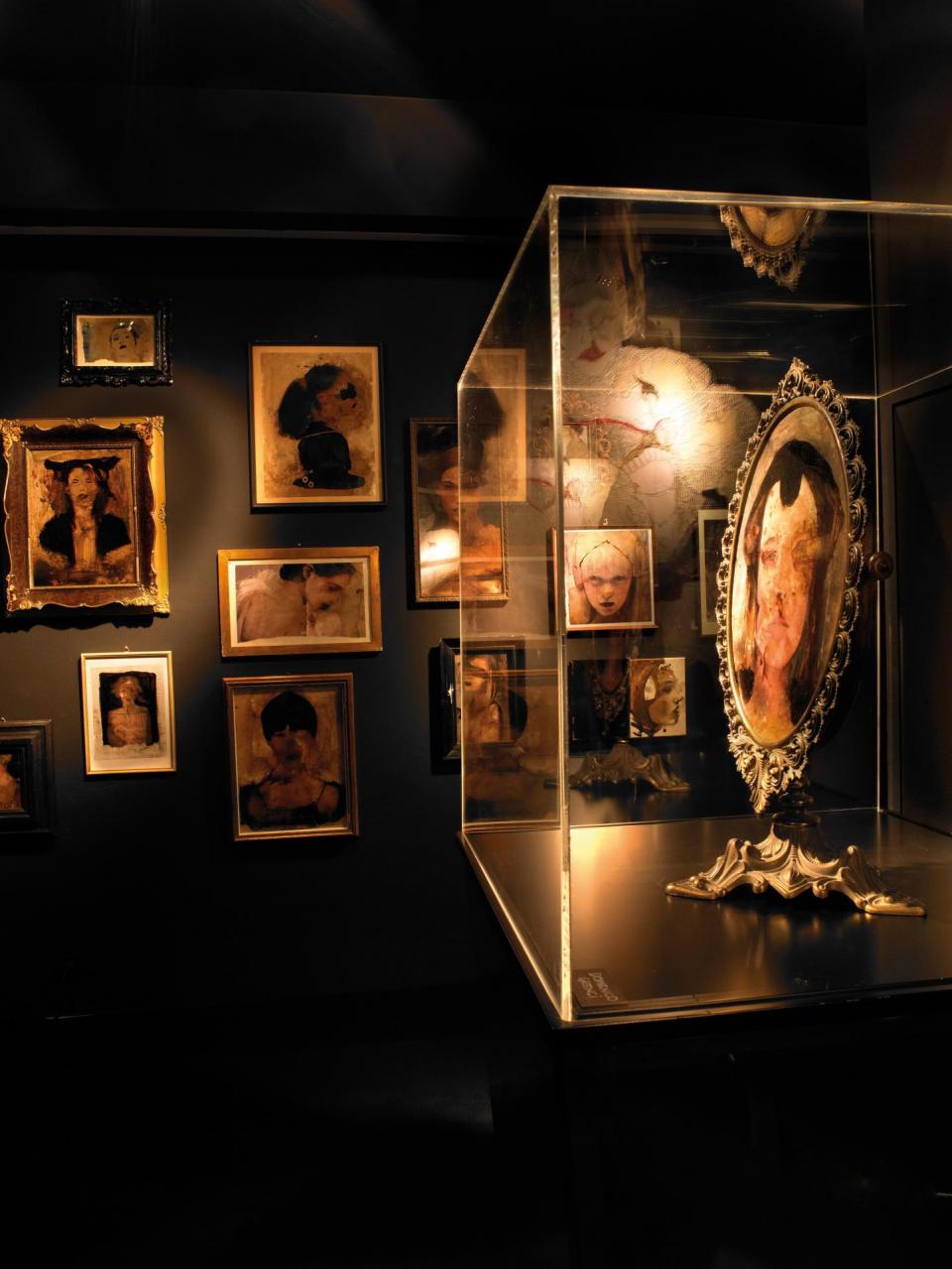
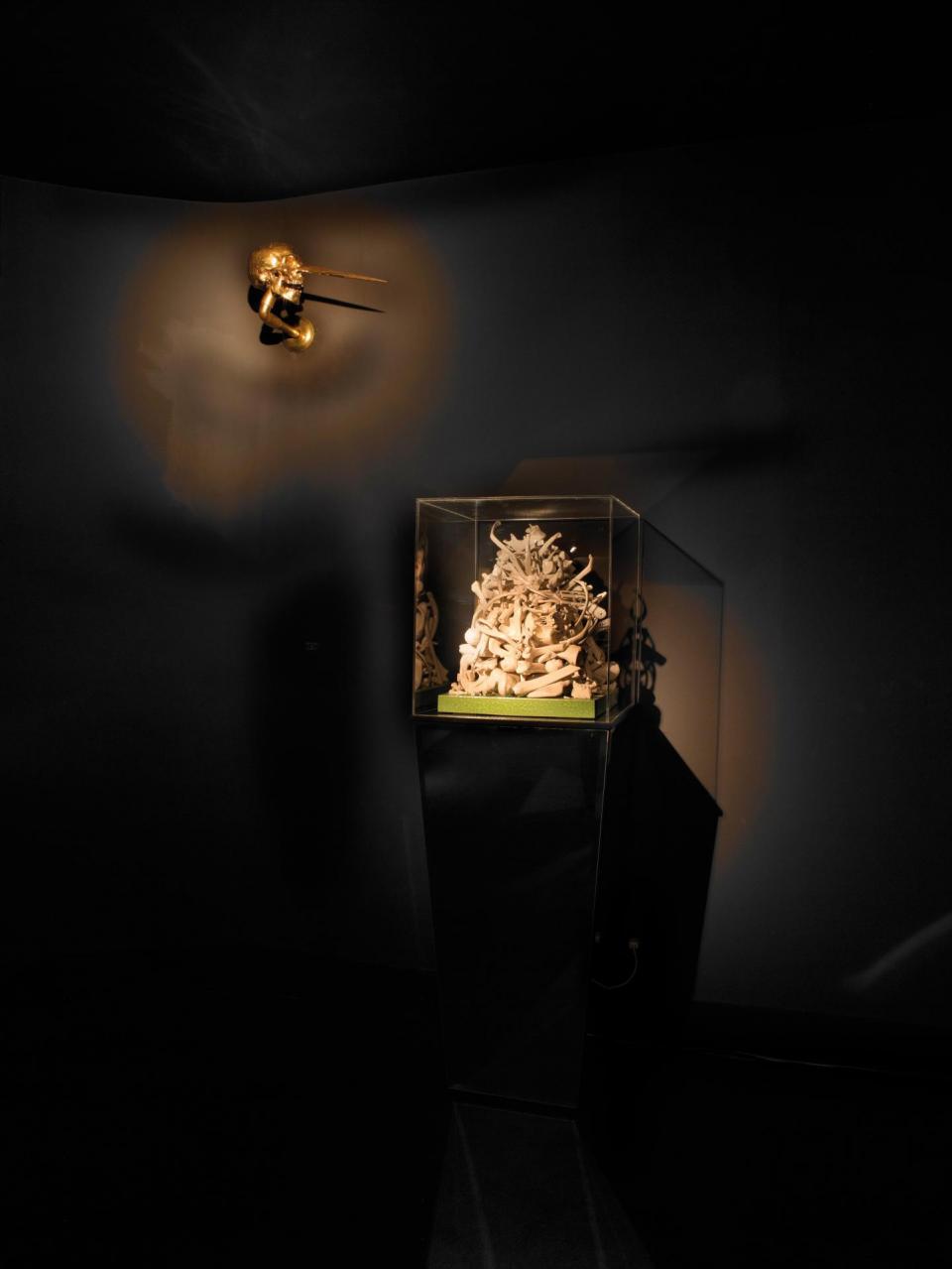
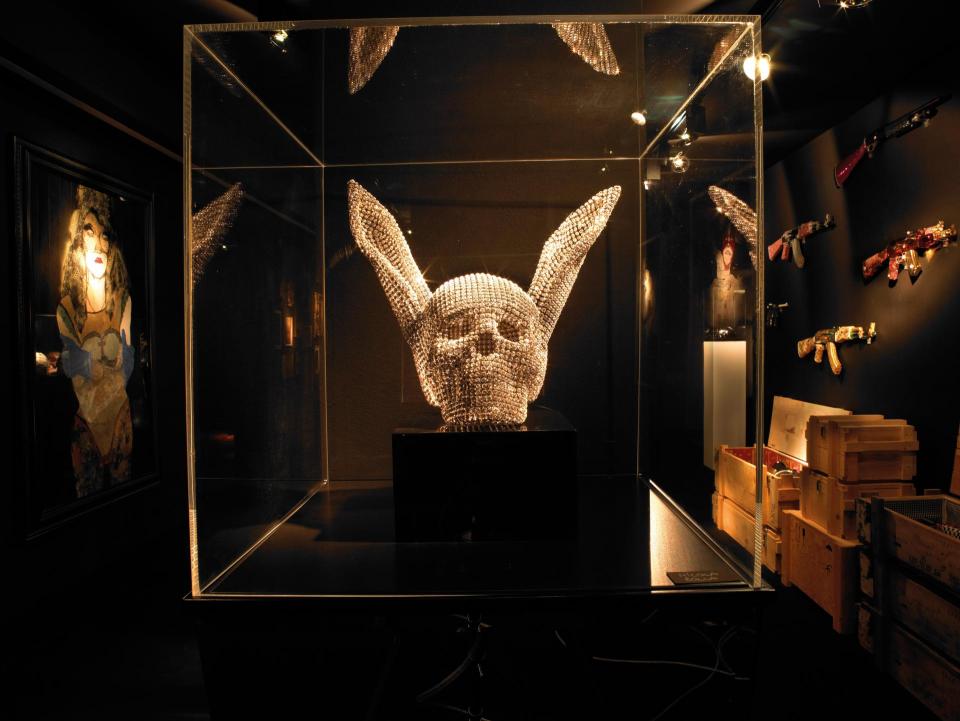
Artist
Domenico Grenci
The figures depicted by Domenico Grenci float in a dimension outside of time, lacking any material reference. The stage is empty, the only actor in this scene is the woman. Grenci’s female faces seem to emerge from an old photograph worn by time. The undefined, unfinished alien effect, similar to that evoked by a blurred or faded image, is created by bitumen, a poor and paradoxically heavy material. The artist attempts to capture something hidden in these disquieting, enigmatic faces that ask questions to which perhaps no answers exist. He does so without ill-treating them, with sensitivity and the deepest respect for women, who are complicated and sensual, vulnerable and strong at the same time, trying to extrapolate their essence, in all its nuances.
He effects what he himself calls an “elevatio animae”, which in a way redresses the offence caused to that identity by the commercialization of the body and skin-deep beauty imposed on us by the fashion industry and the media. Domenico Grenci graduated at the Art Academy in Bologna in 2007. He has taken part to several awards, receiving numerous prizes: Incision “Morandi” prize (2005); Celeste Prize (2007); Goldener kentaur: European Academic Award, Munich (2007, 1st place); “Maggio Fiorito”, Ferrara (2008, 1st place) and Art National prize in Catania. The recent invitation to exhibit at the 54th edition of the “Biennale” in Venice, Arsenale, Tese di San Cristoforo, confirms the important work done by this young Italian artist.
Nicola Bolla
(Saluzzo – Cuneo, 1963). He lives and works in Torino. His sculptures and settings are the expression of a new Vanitas through the studied use of the Swarovski crystals studded on the subjects of the artist’s personal collection. Skulls, mytological animals, urinals, loops or chains, different objects both for dimension and for icon meaning, where visual and thematic oxymorons coexist: dark and light, shape and contents, opulence and poverty. Following Duchamp’s lesson of decontextualizing an object in order to enrich it with new formal values, Nicola Bolla’s poetics goes over the reading between object and design, transposing it into the urge of a story focused on beauty, surreal and poetic. Nicola Bolla is one of the artists invited to the “Padiglione Italia” during the 53rd edition of the “Biennale” in Venice in 2009.
Antonio Riello
(Marostica, Vicenza, 1958). Versatile and visionary artist, mainly involved in the “New-Media” field, he is interested in the most controversial and topical issues of the Italian reality, which are always treated in an ironic and sarcastic manner. He lives and works between London and Asiago. Since many years Antonio Riello exhibits in important museums and exhibitions places as the Kunsthalle in Wien, the Mart in Rovereto, the Musée d’Art in Saint-Etienne, the Pomodoro Foundation in Milan, the “Papesse” Palace in Siena, the Chelsea Art Museum in New York, the Kunsthalle in Friburg, and many others.
Elena Monzo
(Orzinuovi, Brescia, 1981). She lives between Brescia and Milan. In 2004 she graduated at the Brera Art Academy and in the same year she won the Italian Factory prize for the young Italian painting. Since then her works have been exhibited in Italy and abroad and prestigious recognitions including the Fabbri Art Prize (Villa delle Rose, Bologna) and the Cairo Award (Palazzo della Permanente) have been awarded.
Bertozzi&Casoni
Their artistic work is focused on the use of ceramic materials to which industrial techniques are applied, often generating new hybrids materials thanks to a highly experimental approach. Starting from the 80’s Bertozzi & Casoni take part to the recovery of the Italian majolica tradition bound to the experiences of “La Nuova Ceramica”, exhibiting in important collective exhibitions in Italy and to a serie of exhibitions dedicated to the Italian contemporary ceramic art in Japan. In the 90’s they do important public works, such as the urban path with fountains and sculptures in the Tama district in Tokyo. They have been invited to represent Italy during the 53rd “Biennale” in Venice in 2009.
Daniel Gonzalez
(Buenos Aires, Argentina, 1963). He lives and works between Berlin and New York. He has taken part on big exhibitions and public works, the last of which is “Pop-up museo Disco Club”, made for the “Biennale” of the Barrio Museum in New York in 2011, and “Pop-up building”, transformation of a classic Rotterdam architectural structure in a “carton fairytale”, through the pop-up books look, open during the festival Witte de With Straat 2010. Also the two big scale works created in co-operation with the Italian artist Anna Galtarossa cannot be forgotten: “Chili Moon Town Tour”, a floating Utopian city of dreams, inaugurated at the Lago Mayor di Bosque de Chapultepec in Mexico City in 2007, and “Homeless Rocket With Chandeliers”, setting created at Lambrate (Milano) in the same year on a crane “contaminated” by objects and materials referring to the “street culture”.
Alessandro La Spada
From the lively creativity of Alessandro La Spada “Sandrino butcher’s” comes to life, a consideration on the condition of existence through its own “Doppelgänger”, the evil twin which belongs to us and with which we dichotomically alternate! These manufactures are the liberating motion of that thought which investigates on the appeal of shape as mere visual art, free from the functional pragmatism of the object. Furniture as sculpture for the Visionnaire “Wunderkammer”.
